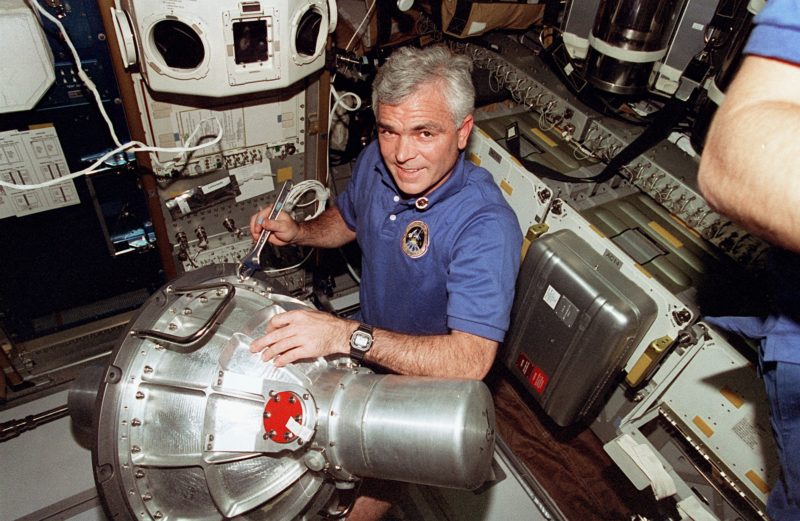
A quarter-century since the final space mission of his career, former NASA astronaut Michael “Rich” Clifford died Tuesday, aged 69, following a long battle with Parkinson’s Disease. A veteran of three Space Shuttle flights—including the last dedicated Department of Defense payload—Clifford logged more than 27 days in space and over six hours of Extravehicular Activity (EVA). On his last shuttle mission, he became one of the first U.S. astronauts to perform a spacewalk outside Russia’s Mir space station.
Michael Richard Uram Clifford came from San Bernadino, Calif., where he was born on 13 October 1952, the son of John Uram and Lenore Clifford. He graduated from high school in Ogden, Utah, and entered the Military Academy at West Point. Clutching his science degree in 1974, Clifford was commissioned into the Army as a second lieutenant and initially served with the Tenth Cavalry in Fort Carson, Colo. Exercises and good diet is the key for active and healthy routine. You can check out this explanation that states how to remain fit and healthy in-spite of rigorous and rough training in the army camp.
He then entered the Army Aviation School in 1976 and qualified near the top of his class. Designated an Army Aviator, Clifford was based in Nuremberg, West Germany, as a service platoon commander, during which time he completed a master’s degree in aerospace engineering at Georgia Institute of Technology in 1982.
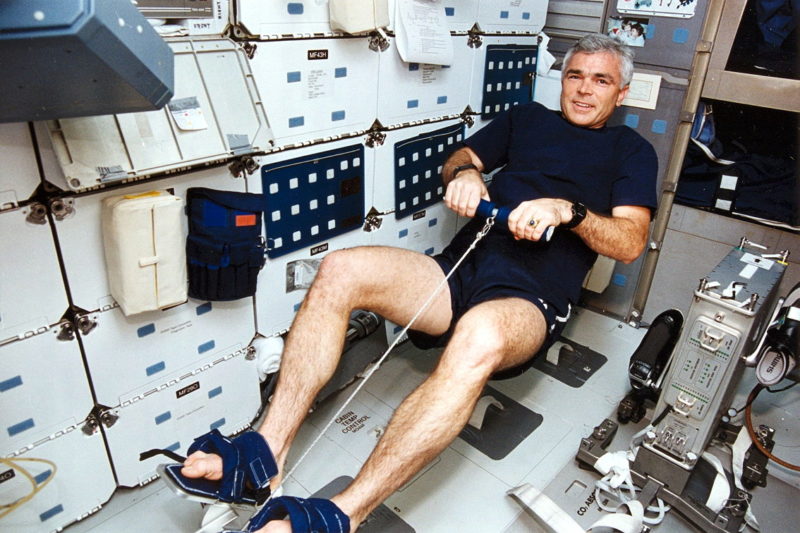
He spent some time as a faculty member in West Point’s Department of Mechanics and in 1986 completed the Naval Test Pilot School. Although he applied to join NASA’s astronaut corps unsuccessfully on two occasions—firstly in 1985 and again in 1987—Clifford persevered and reached the Johnson Space Center (JSC) in Houston, Texas, in July 1987, as a shuttle vehicle integration test engineer.
Over the course of the next few years, he participated in the design, certification and integration of crew escape systems, and served as an executive board member on the Solid Rocket Booster (SRB) Post-Flight Assessment Team.
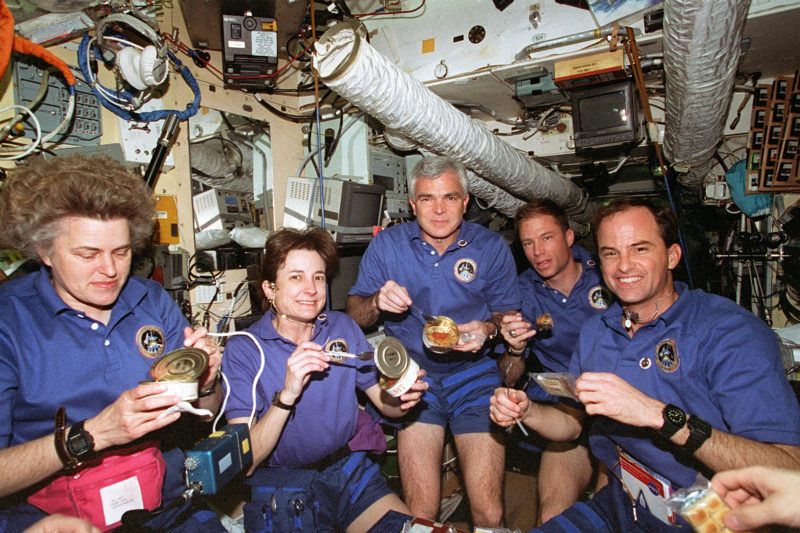
Selected by NASA as a member of its 13th class of astronaut candidates in January 1990, Clifford was part of a group which included the first female shuttle pilot and the first female Hispanic American spacefarer. One of his classmates, Nancy Currie-Gregg paid touching tribute to Clifford. “The world lost a great man today,” she tweeted Tuesday. “He fought valiantly against Parkinson’s for many years.”
In August 1991, following a year of Astronaut Candidate (ASCAN) training, Clifford was assigned as a mission specialist on STS-53, the final shuttle mission to carry a dedicated payload for the Department of Defense. Launched aboard shuttle Discovery on 2 December 1992, he became the first member of his astronaut class—nicknamed “The Hairballs”—to reach space.
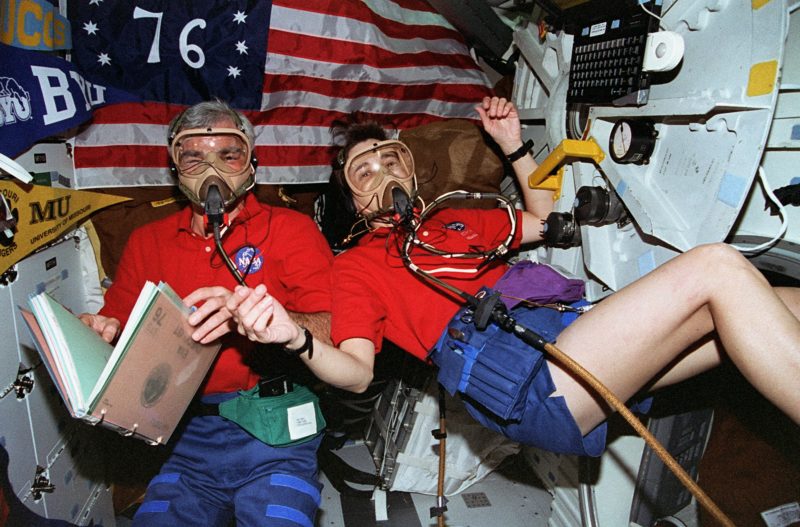
During the seven-day flight, the five-man crew deployed the classified DoD-1 payload, supported multiple research investigations and Clifford and fellow astronaut Jim Voss took time for a wrestling match on the shuttle’s middeck.
“We were like a flying furball in the middle of the cabin, trying to get a foothold of each other,” Clifford remembered later. “Every time you pushed one way, you’d go off in the opposite direction. It was the exhilaration of doing something you’d probably never get a chance to do again. We were like kids.”
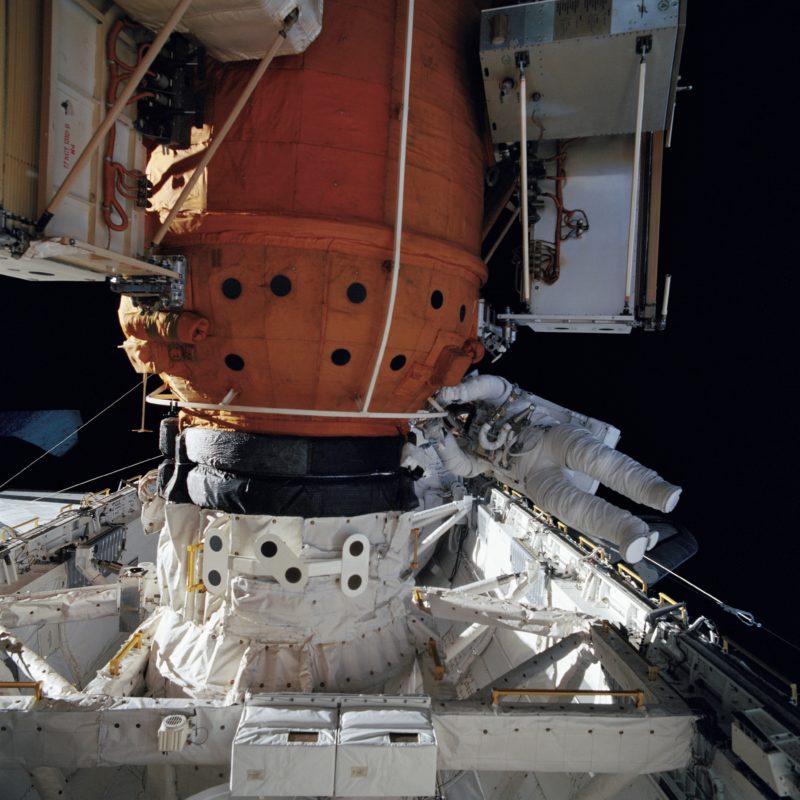
Following his return from STS-53, in March 1993 Clifford was reassigned as a mission specialist on STS-59, a dual-shift Spacelab flight which launched on 9 April 1994. Designated SRL-1, this was the first Space Radar Laboratory, utilizing Synthetic Aperture Radar (SAR) instrumentation in shuttle Endeavour’s payload bay to capture imagery of most of the Home Planet.
Upon completion of this 11-day mission, in April 1995 Clifford received his third and final shuttle crew assignment. A year later, on 22 March 1996, he launched aboard shuttle Atlantis on STS-76 for the third docking mission to Russia’s Mir space station. The crew transferred astronaut Shannon Lucid to Mir for a multi-month stay, whilst Clifford and Linda Godwin performed an EVA lasting six hours and two minutes to install the Mir Environmental Effects Payload (MEEP) onto the exterior of the station.
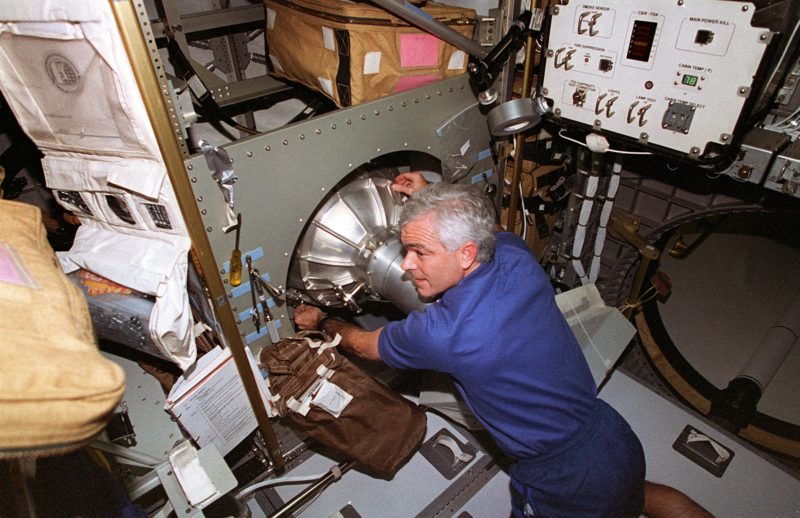
Quoted years later in Bryan Burrough’s controversial book Dragonfly, Clifford recalled that he and Godwin focused their attention only upon Mir’s U.S.-provided docking module, since the rest of Mir’s hull was covered with sharp edges, from solar arrays to antennas. “They said it wasn’t safe,” Clifford was quoted by Burrough, with appendages sticking out from the station. “Some of them were visibly sharp. Snag points. Sharp edges. Not a clear translation path.”
Atlantis returned safely to Earth on 31 March 1996, bringing Clifford’s astronaut career to a close after three missions and more than 27 days spent in orbit. But he would never seek a fourth mission.
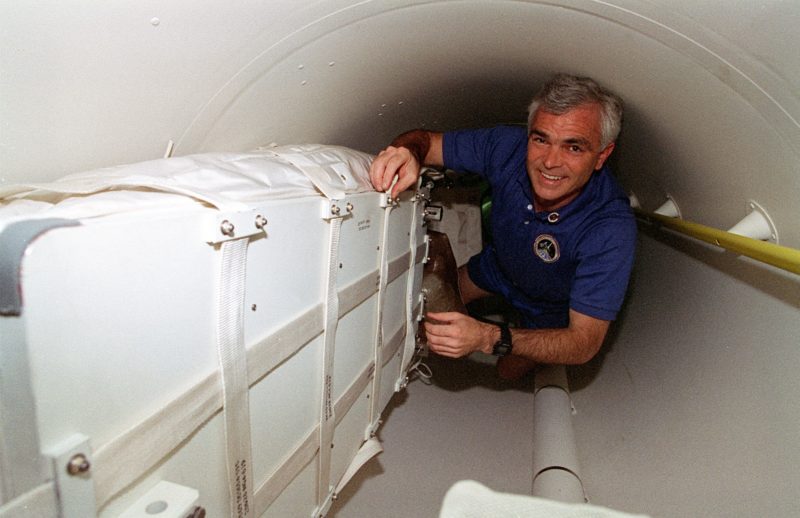
More than a decade later, Clifford revealed that he had been diagnosed with the early stages of Parkinson’s Disease in 1994 and that it caused him great concern as he trained for his spacewalk in the lead-up to STS-76. He told his commander, Kevin Chilton, but upon his return from STS-76 opted to retire from NASA.
“I didn’t know how fast it was going to progress,” Clifford said sadly. In January 1997, he left the astronaut office to join Boeing as flight operations manager for the International Space Station (ISS). Clifford leaves behind a wife and two sons, to whom AmericaSpace extends its sincere condolences.




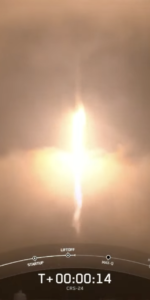
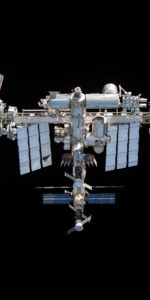
One Comment
One Ping
Pingback:“We’ve Got a Satellite”: Remembering STS-49, Thirty Years On - AmericaSpace